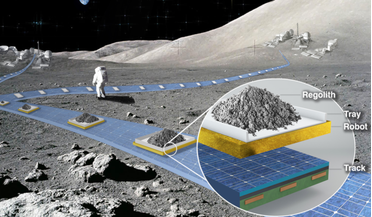 26 February 2021
Lunar levitation track system among new ideas funded by NASA
26 February 2021
Lunar levitation track system among new ideas funded by NASA
... to Support Early Extraterrestrial Planetary Landings. Sigrid Close, Stanford University in Stanford, California : Exploring Uranus: Sustained ChipSat/CubeSat Activity Through Transmitted Electromagnetic Radiation (SCATTER). Amelia Greig, University...
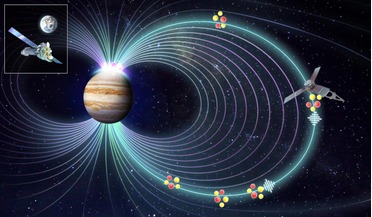 09 July 2021
Astronomers solve 40-year-old mystery of what causes Jupiter’s X-ray auroras
09 July 2021
Astronomers solve 40-year-old mystery of what causes Jupiter’s X-ray auroras
... with the interplanetary medium around them say the team. “This is a fundamental process that’s applicable to Saturn, Uranus, Neptune and probably exoplanets as well,” says Yao. The result also highlights how similar the ion...
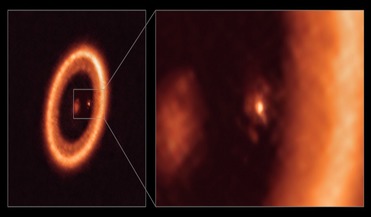 23 July 2021
Astronomers detect a disk where exoplanet moons could be forming
23 July 2021
Astronomers detect a disk where exoplanet moons could be forming
...’s companion, PDS 70b, though. PDS 70b is closer in and orbits about the same distance away that Uranus does from our Sun, but the new ALMA observations indicate that PDS 70b does not...
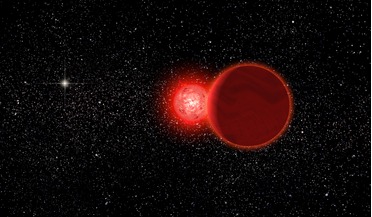 13 December 2021
Did another star gatecrash our early Solar System?
13 December 2021
Did another star gatecrash our early Solar System?
... have a good understanding of how our Solar System formed, some mysteries still remain. Why for example is Uranus tilted sideways, does the Oort Cloud really exist and why does a lot of the dust found...
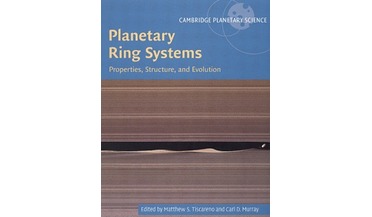 31 December 2018
Planetary Ring Systems: properties, structure and evolution
31 December 2018
Planetary Ring Systems: properties, structure and evolution
... rings. But Saturn’s rings are only the beginning: this book includes sections on the rings of Jupiter, Uranus, Neptune and “rings beyond the giant planets”. The text is divided into sections covering ring systems...